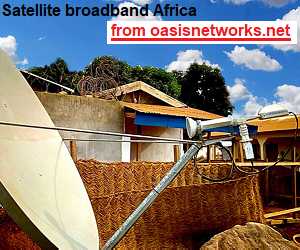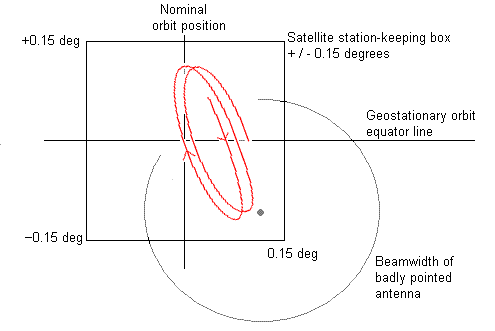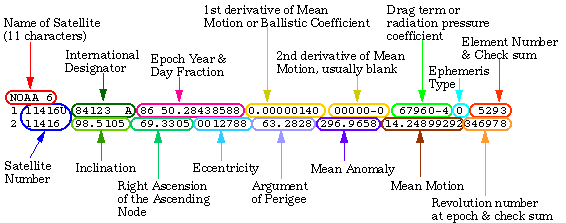| Home Login Register |
| Satellite Internet forum › Satellite Connection in Africa › AMOS 5i problem |
|
Pages: 1
|
AMOS 5i problem(Read 4123 times) |
|
Space
Senior Member
★★★ Offline Posts: 109 |
Aug 28th, 2010 at 3:07pm
|
| Back to top |
|
|
Ex Member
Ex Member
|
Reply #1 - Aug 28th, 2010 at 7:29pm
|
| Back to top |
IP Logged
|
|
handeil
Member
★★ Offline Posts: 24 Thailand |
Reply #2 - Sep 10th, 2010 at 10:58am
|
| Back to top |
Account Manager - International Markets&&CIS Regions, Africa, Middle East, etc
|
|
Eric Johnston
YaBB Moderator
★★★★★ Offline Posts: 2109 |
Reply #3 - Sep 10th, 2010 at 2:06pm
|
| Back to top |
« Last Edit: Sep 14th, 2010 at 10:51am by Eric Johnston »
IP Logged
|
|
Space
Senior Member
★★★ Offline Posts: 109 |
Reply #4 - Sep 13th, 2010 at 9:25pm
|
| Back to top |
|
|
Eric Johnston
YaBB Moderator
★★★★★ Offline Posts: 2109 |
Reply #5 - Sep 14th, 2010 at 10:42am
|
| Back to top |
« Last Edit: Sep 15th, 2010 at 10:51am by Admin1 »
IP Logged
|
|
Pages: 1
|
Email me: eric@satsig.net
Powered by YaBB 2.5.2!
YaBB Forum Software © 2000-. All Rights Reserved.
Disclaimer, Terms of Use and Privacy Forum User Agreement Forum rules Cookie policy.




